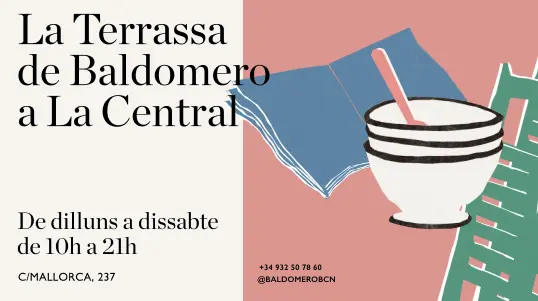The First Panoramas: Visions of British Imperialism

The First Panoramas: Visions of British Imperialism
Sense existències ara
Rep-lo a casa en 3/4 dies per Missatger o Eco Enviament*Sobre el libro The First Panoramas: Visions of British Imperialism de publicado por Minnesota al 2012:
The First Panoramas is a cultural history of the first three decades of the panorama, a three-hundred-sixty-degree visual medium patented by the artist Robert Barker in Britain in 1787. A towering two-story architectural construction inside which spectators gazed on a 10,000-square-foot painting, Barker’s new technology was designed to create an impression of total verisimilitude for the observer.In the beautifully illustrated The First Panoramas, Denise Blake Oleksijczuk demonstrates the complexity of the panoramas’ history and cultural impact, exploring specific exhibits: View of Edinburgh and the Adjacent Country from the Calton Hill (1788), View of London from the Roof of the Albion Mill (1791), View of the Grand Fleet Moored at Spithead (1793), and the two different versions of View of Constantinople (1801). In addition to the art itself, she examines the panoramas’ intriguing descriptive keys—single-sheet diagrams that directed spectators to important sites in the representation, which evolved over time to give the observer greater perceptual control over the view..





